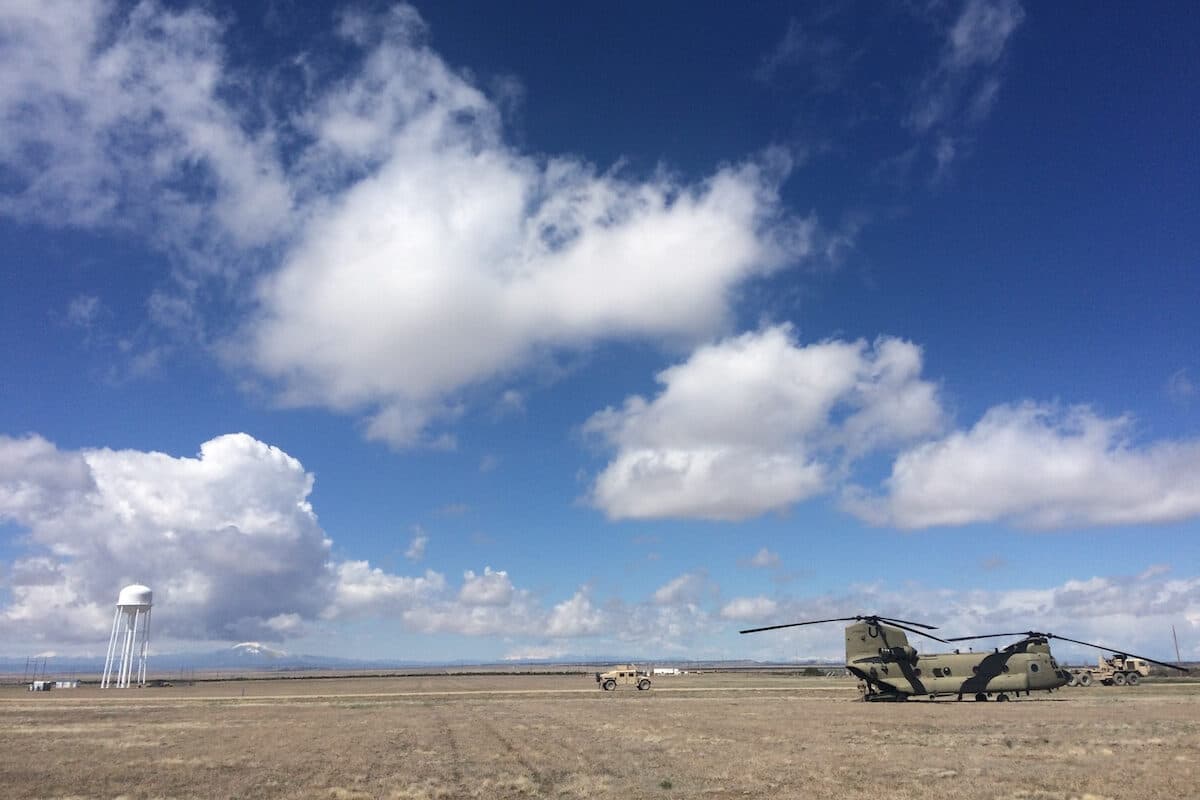
This week on Looking Up Bruce Bookout tells us a bit about the naming process for asteroids.
During another 80's musical interlude, I wondered how asteroids are named. Asteroids are those left-over parts of the cloud that formed our solar system. These planetesimals didn't quite make it to a full planet and literally are our debris field among the planets. There are more than 794,000 known minor planets known.
As for names, most of these bodies are named for people, as well as figures from mythology and fiction. Some are also named after places such cities, towns and villages, mountains and volcanoes; after rivers, observatories, as well as organizations, clubs and astronomical societies. Some are named after animals and plants. There are many that we don't know the origin of their name simply because it wasn't recorded during the heyday of minor planet discovery in the late 1800's.
There are specific rules for naming, governed by the Minor Planet Center and the International Astronomical Union. If you discover it, you have the first opportunity to name it.

So, the 80's music connection? It turns out there is an asteroid named for the great Maestro, who continues to, Rock me, Amadeus!
If you'd like to take a closer look at asteroids, or any of the other wonderful and amazing things in the sky, please visit csastro.org for a link to information on our monthly meetings and our free public star parties.






